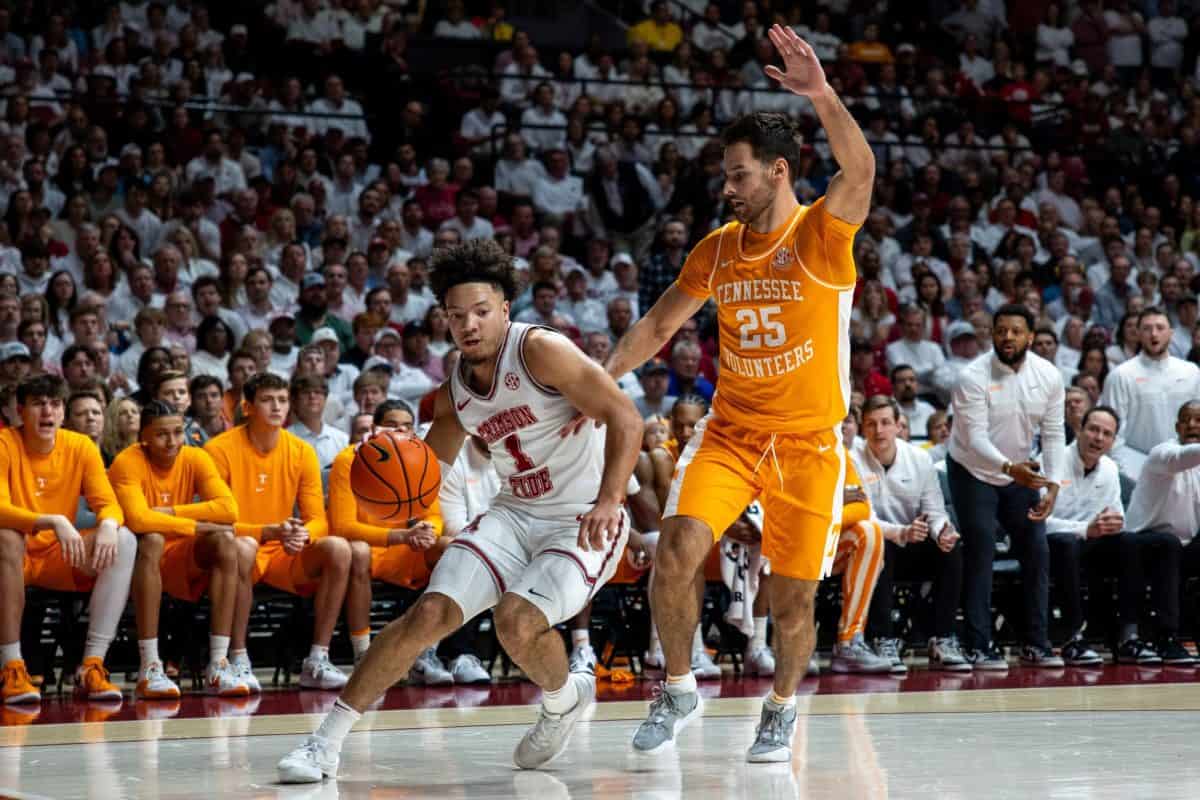 The April 27 tornado did more than suck up entire buildings and swirl them around in the air – it spat them back out and left residents, government officials and construction companies to clean up the leftover mess.
The April 27 tornado did more than suck up entire buildings and swirl them around in the air – it spat them back out and left residents, government officials and construction companies to clean up the leftover mess.
Six and a half square miles of Tuscaloosa were completely destroyed, Mayor Walt Maddox said. As of June 8, 417,439 cubic yards of debris had been removed; that is enough to fill Bryant-Denny Stadium to the top and have more pouring out over the edges.
While that number certainly seems impressive, it is still only a fraction of the total debris that was left after the storm. Tuscaloosa had 1.5 million cubic yards of debris total scattered around the city, Maddox said.
“What the tornado did in six minutes may take us six years to actually recover,” he said. “We have to be patient, and we have to understand that this is a marathon.”
According to Sara Corbett, public affairs specialist from the Army Corps of Engineers, several companies have been responsible for helping out with the debris removal in Tuscaloosa.
“The debris is actually going to a couple of different places,” Corbett said. “The Black Warrior Solid Waste Facility, Veolia ES Eagle Bluff Landfill, Jug Factory Road Temporary Debris Reduction Site and Peterson Quarry are the four different areas that it’s going to.”
Depending on the category of the debris, it is taken to a designated landfill. Vegetative debris is the exception, however, and will be “grinded into a material that can be recycled for a wide variety of uses,” Corbett said, instead of going into a landfill.
The hazardous waste will also have to be carefully sorted through, more carefully than other categories of waste, and then finally disposed of properly, she said.
This process of debris removal will not be a quick one, much to many residents’ dismay, Maddox said.
Will Terry, a UA junior whose home was destroyed by the tornado, said that although it is disheartening that it will take so long for Tuscaloosa to be a completely normal city again, city officials, members of FEMA and members of the Army Corps are doing the best they possibly can and are prioritizing citizen’s homes first.
“The next day [after the tornado] there were already people fixing roofs and stuff,” Terry said. “And the community has done a great job of relocating students who lost their homes. I already have a lease to live at the Woodlands next fall instead of at my house, and they ended up giving all of my roommates and I $50 off per person per month’s rent because we lost our house.”
It has been seven weeks today since the tornado hit. As far as completely removing all of the debris from the city and focusing solely on construction and rebuilding, Maddox said he expects the process to last a little bit longer.
“The timetable is four to six months,” he said. “I think ultimately years. I think the most difficult part is coming up in the next few months in terms of completing debris removal.”
Until then, volunteers and officials will continue the painfully slow process of literally picking up trash and debris all day long.
“We’ve got to figure out a way in these areas that have been impacted to put together a comprehensive plan that allows for high-quality development in a way that shows the progress of this great city,” Maddox said. “It doesn’t mean it’s going to be easy though.”
Where it’s going:
The Black Warrior Solid Waste Facility
Veolia ES Eagle Bluff Landfill
Jug Factory Road Temporary Debris Reduction Site
Peterson Quarry
Vegetative debris is being grinded and recycled
Debris is separated into six groups, according to FEMA guidelines:
Electronics (which include TVs, computers, stereos, phones and DVD players)
Large Appliances (refrigerators, washer/dryers, AC units, stoves, dishwashers, etc.)
Hazardous Waste Materials (oil, batteries, pesticides, cleaning supplies, paint)
Vegetative (logs, plants, branches, leaves)
Construction (pieces of drywall, carpet, lumber, furniture, plumbing, etc.)
Household Garbage (food, paper, packaging, etc.)








